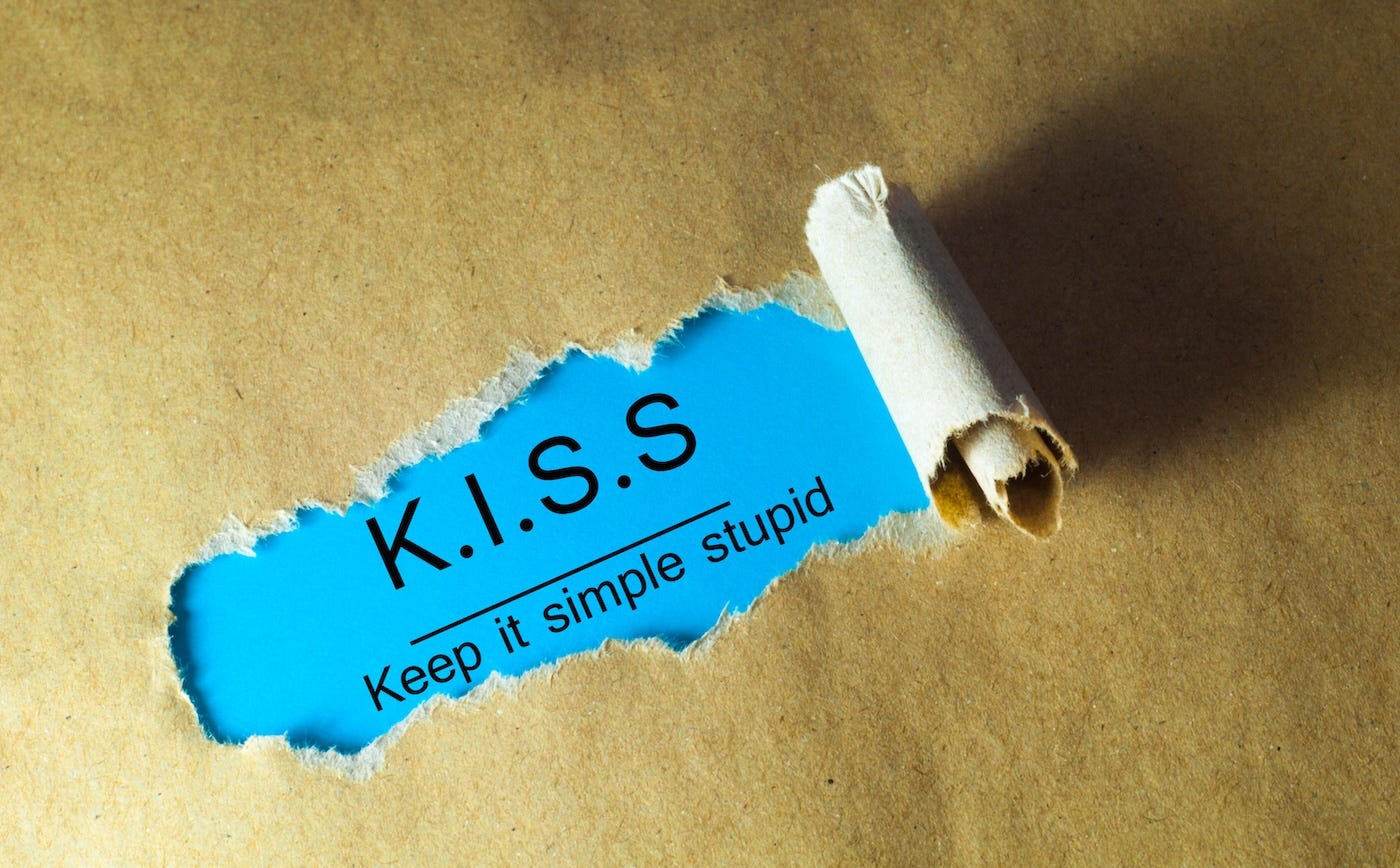How to Format Your Stories: Visual Design Basics
When and why to employ (or avoid) special formats and devices to enhance (but not ruin) your writing

Oodles of in-text formats and devices in a typical content management system (CMS) can enhance the visual appeal of an online story. I mean, you can go nuts. You should not.
Full disclosure: I’m not a great designer. I’m a decent functional designer, having learned the basics of good story design decades ago, working in newspapers*. The principles are as relevant now (online) as they were then (in print). I stick to basics so that words can sing and not be drowned out by overdesign. That’s what I aim to teach in this post.
You can skip the next graph.
*I was an infographic artist (charts and explanatory illustrations) and frequent stand-in designing A-1, the Sports page or one of the Features pages when lead designers were on vacation. I worked with and for several talented and experienced designers and visual journalists at the Asbury Park Press and The Star-Ledger in New Jersey and a few weeks as a substitute designer of The Philadelphia Inquirer’s Sunday magazine.
Over and over again, I received this sage advice:
Just because you have a tool doesn’t mean you should use it.
(I made the above paragraph boldface. Should I have? It risks being visually noisy. I think it works here. But I’m careful not to do it often. Maybe once more on this story?)
At newspapers, we had comprehensive style guides that kept our designs coherent and consistent (specific color palettes and fonts, line widths, box tints, headline sizes, and much, much more). When I moved into the online world in the 1990s, I found websites often had no style guides, and the sites were often designed not by designers but by coders and other techies who created the overall visual architecture, then writers and editors who made choices on some details within a story. Designers were either not employed or largely ignored.
Today’s self-publishing platforms like Medium and Substack, along with the CMSes at many traditional online publications, leave some of the design up to whoever produces the story. That means people who are good with words, but maybe not design, make important (and often ill-informed) design decisions.
And wow, do a lot of writers and editors love their doo-dads!
The result: A lot of messy, cheap-looking story pages that force readers to wade through visual clutter to get to the thing they came for: the story.
After preaching for years about the value of a clean online reading experience, I thought it would be helpful to writers to offer my take on how, why and when (and when not) to use some of the most common visual devices and formatting options, including pull quotes, block quotes, subheads, and separators/dividers.
Whether, when and how to use any of them is somewhat subjective (there is no one way to approach the design of every publication or blog) but once you understand these simple, common best practices, you can make informed decisions for your circumstances. With each decision, ask yourself this simple question:
Does the device or format enhance the reading experience, or is it noise that gets in the way?
You never want to introduce noise, which I call speed bumps and offramps—things that trip readers up, slow them down, or give them cause to click off. So here are some commonly overused devices, accompanied by thoughtful formatting to help tell the story:
Keep reading with a 7-day free trial
Subscribe to The Writer's Guide to keep reading this post and get 7 days of free access to the full post archives.

